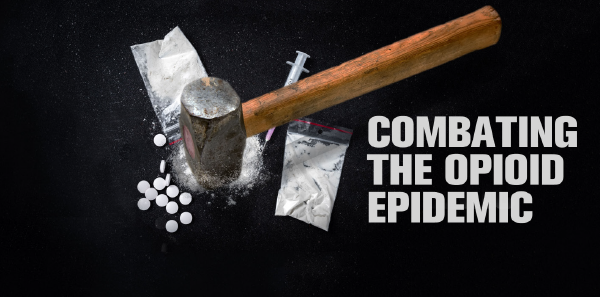
Editor’s Note: This is the second part of an ongoing series on what emergency physicians can do to combat the opioid epidemic. The series will continue in the June issue.
Explore This Issue
ACEP Now: Vol 37 – No 04 – April 2018You’re in the midst of a busy shift trying to balance multiple patients when a nurse suddenly grabs you for an unconscious 30-year-old male pulled from a car with agonal respirations. You begin to bag him while ordering a dose of intramuscular naloxone. Within minutes, the patient starts to breathe, sits up confused, and tries to get off the gurney. Before you can blink, someone tells him, “Lay back down, and by the way, you’re welcome for saving your life.” The situation deteriorates, and both you and the patient leave the encounter dissatisfied, to put it mildly. Later you wonder if things could have played out differently.
It’s probably fair to say we’ve all experienced a similar encounter. Instead of receiving an appreciative “thank you” and plugging the patient into treatment, it ends with yelling and the patient suddenly walking out while you wonder if it’s safe for them to do so. There are many reasons these encounters go poorly. The patient may be scared or embarrassed, be afraid from previous encounters in which he felt disrespected, be in withdrawal from the naloxone, or have a poorly controlled mental illness. We might make incorrect assumptions about the patient’s ability to hear what we are telling them. Sometimes we think we are helping but may be making things worse. Of course, some people are just difficult, but this is true of patients with and without a substance-use disorder.
Are They Motivated?
It’s easy to assume a near-death encounter would motivate patients to change. But if overcoming addiction were this “easy,” no one would ever need a second dose of naloxone. How many times have you thought, after something bad occurs, that it’s time to make a change? Maybe after a bad traffic accident or near miss, you tell yourself you will never speed again, but then you do speed again.
As it turns out, there are several change stages, including pre-contemplation, contemplation, preparation, action, and maintenance. People move back and forth among these stages during their lifetime and don’t always progress in a linear fashion. Unfortunately, nearly dying does not always move someone with an opioid-use disorder to the action phase no matter how much we’d like it to.
As such, we must meet the person where they are. If they are ready to change, great! If there are resources available for treatment, hand them over and encourage them to follow up. But if they aren’t, us pushing remains unlikely to move them, and a change of approach may prove necessary. Otherwise, you’ll be pounding a square peg into a round hole.
Roll with It
In addition to the message, consider how you deliver it. In our emergency department, most of the time we’re overworked, overtired, and overstressed. As such, we try to be concise and to the point. We doubt we’re the only ones who have told a patient, “You will get HIV and die if you don’t stop using,” and then sometimes become upset or annoyed when they blankly stare at us. This used to be how addiction specialists would speak with them also, until they figured out this approach doesn’t work.
Pages: 1 2 3 | Single Page





No Responses to “Communication Tips for Reaching Your Opioid-Addicted Patients”